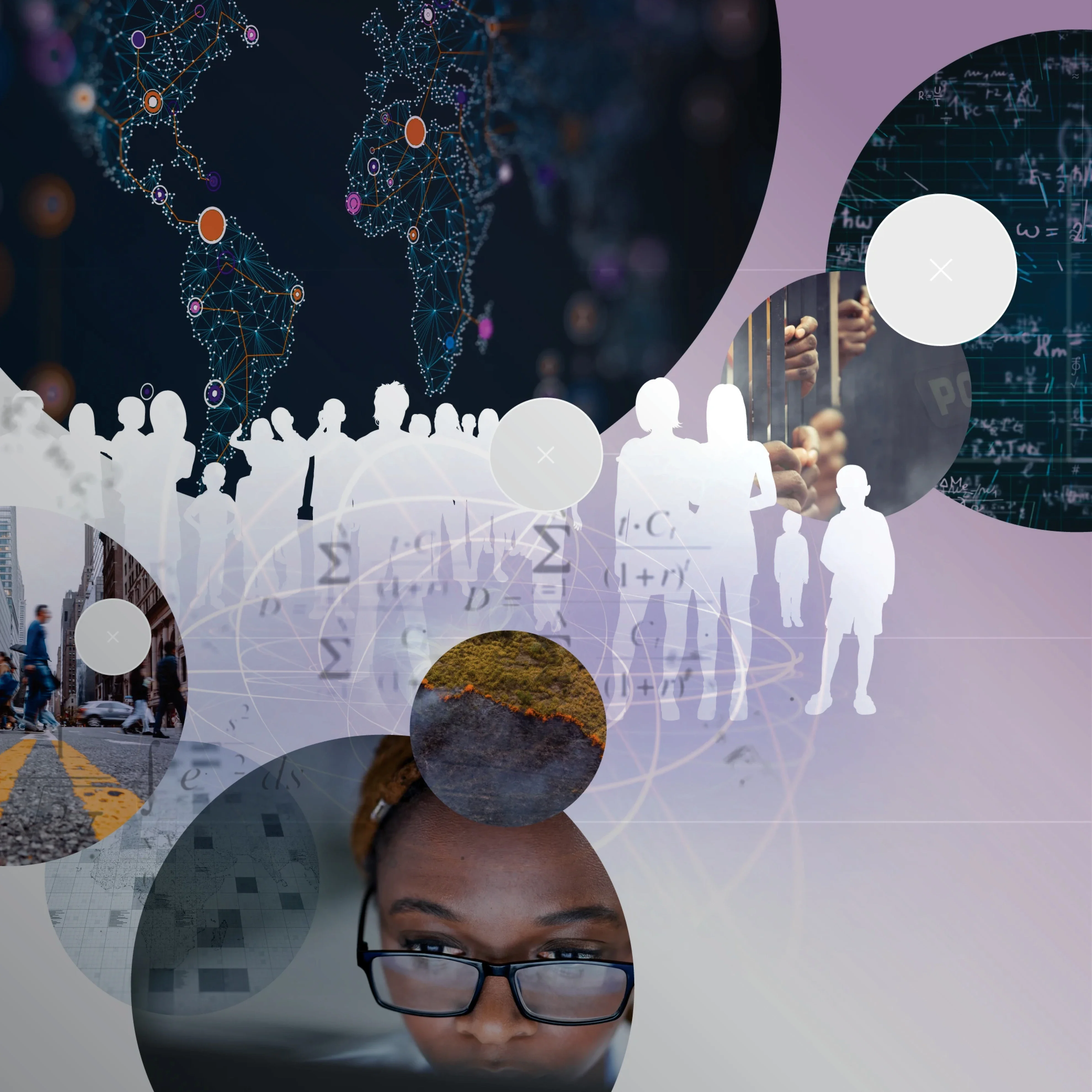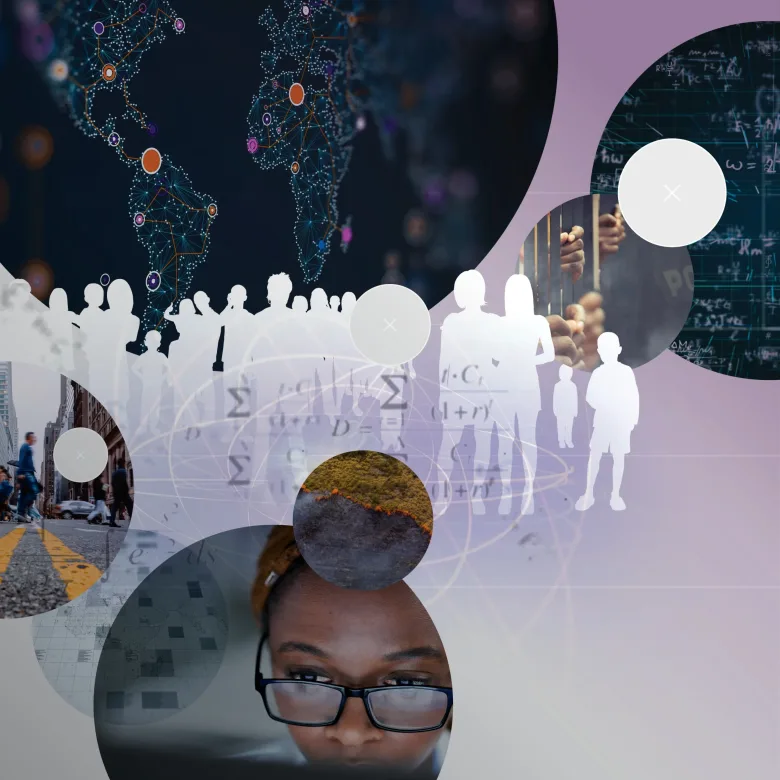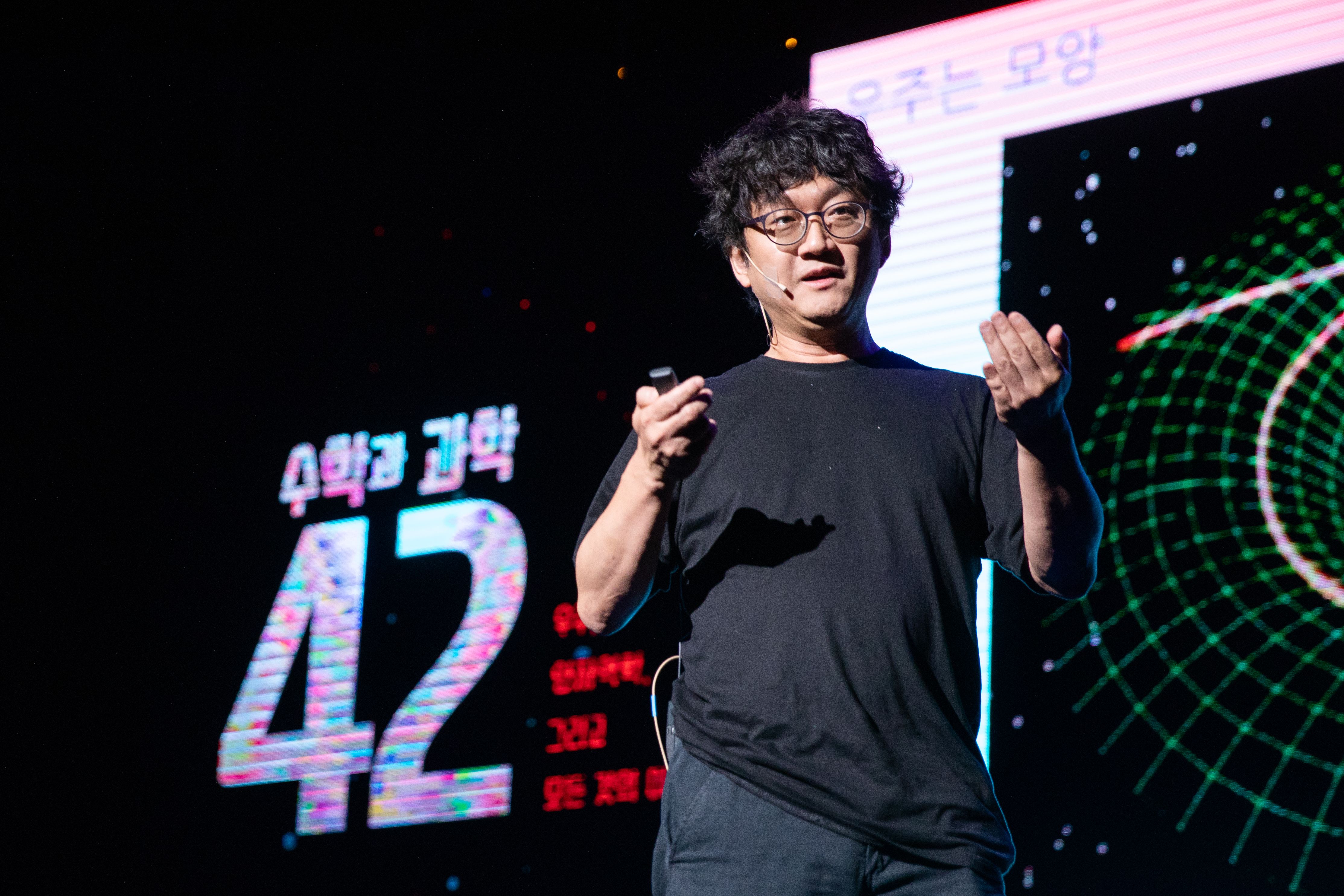The future of mathematics will bring about a drive towards greater unity on a number of levels. At the technical level, there will be increasing unity among the different areas of mathematics. For example, my own research falls within a great scheme of unity between the areas of algebra, topology, geometry and number theory. This unity was brought about by way of a careful mathematical analysis of the fundamental structure of the natural world as described by particle physics, general relativity and research on the possible states of matter. This analysis suggests that many of the difficult problems in all these areas have a common core of “higher algebra” that needs to be understood precisely in order to make fundamental progress.
We are also seeing increasing unity between what is sometimes thought of as “pure” and “applied” mathematics. It's unlikely that this distinction has ever been serious in the practice of the subject: it appears to have been emphasised mostly as a framework of organisation within various universities in the 20th century. Unfortunately, this created boundaries that have mostly been harmful. However, at the moment — partly as a consequence of the revolutions in data science and AI — more and more “pure” and “applied” mathematicians are working together, and with other scientists, to understand the same phenomena.
Data science and AI are now central to our societal discourse, and their bringing together of mathematicians and scientists acts as an exemplar of an even more valuable unification: that which must now occur between the subject of mathematics and the most profound human concerns.
For centuries — if not millennia — an ideology that views mathematics as belonging to some other-worldly realm has exerted undue influence and spread confusion, sometimes leading the subject to be seen as an ivory tower even within the ivory towers of academia.
However, this isolationist model of mathematical scholarship has always been problematic. Ultimately, mathematics aims to increase and sharpen our understanding of the world around us. It arises out of a tradition and history that has developed with — and within — human civilisation. It seems only right, then, that the basic goals of the discipline should combine its commitment to an increasingly precise understanding of the nature of reality with a deeply humanistic outlook that attempts to engage with the human condition.
This is a vision that will undoubtedly expand and deepen in the coming years, both at large and small scales in mathematical education, research and knowledge exchange. Importantly, the vision is already leading to a great eagerness, on the part of young mathematicians in particular, to engage with a diverse array of specialities and to apply their findings in real-world situations.
In fact, the boundaries between mathematics and neighbouring disciplines are routinely being broken down. Even though the bulk of my own research has been in number theory, with a bit of mathematical physics, I find myself collaborating with experimental physicists, engineers and biologists to embed my work in real-world issues such as the prediction of new states of matter, image classification by machines and the mathematical structure of biological evolution. Many of my mathematician colleagues are employing machine-learning techniques to investigate classical problems in topology, geometry and number theory — and insights from these areas are impacting cryptology, information theory, health sciences and many more areas of human concern.
Unfolding in parallel with this — and essential to its success — is a geographical unification in mathematics. I lead a project, Mathematics for Humanity, that hopes to foster collaboration between regions of the world with varying levels of prosperity, bringing mathematics to disadvantaged groups in all countries. This includes efforts to address natural or social crises facing these societies and, in particular, to increase the research capacity and access to mathematics of low- and middle-income countries. That means that we are globally united in using mathematics to address issues in climate change, economics, democratic processes and the justice system, amongst other areas.
This shouldn’t be surprising: mathematics has always had such utility. There are many people working on fluids, dynamics or mathematics having to do with current flows, for example, who could contribute to ocean science and efforts to address the issues arising from climate change.
Regarding justice, researchers are looking into mathematical, statistical and machine-learning research to examine issues related to the justice system and how to keep AI from incorporating the social biases that these systems tend to have. In fact, some of my colleagues are applying abstract conceptual tools from information theory and category theory to explain what bias and diversity really are at a fundamental, mathematical level, an understanding of which can then be applied to both biological and social systems.
Such initiatives are an exciting frontier for mathematicians because many of them, even when they are working on applied mathematics, are not routinely talking to people who confront these kinds of problems in the wide world. That can be because of institutional isolationism, but sometimes mathematicians don’t feel that they have a voice or a platform to share useful insights they might have. Part of the goal of our programme is to promote more solidarity among, and collaboration between, mathematicians whose work is relevant to these pressing problems. The hope is that they will then feel more empowered to share their understanding of what can be done. We call it “knowledge exchange for humanity”.
The future of mathematics, then, will involve a wide range of researchers harnessing the full potential of mathematics for enhancing human welfare. But that will require yet another unification: a full inclusivity that embraces all of the contributors to mathematics throughout its history. From its inception, mathematics has been a global endeavour, and the development of an accurate, inclusive conception of the history of mathematics that reflects its genuinely global heritage is long overdue.
While mathematics has been viewed as a largely cosmopolitan endeavour that transcends national boundaries, it is only recently that we have come to acknowledge that such cosmopolitanism was understood within a rather narrow framework built by groups of privileged people. Many people are now interested in expanding the framework into a true globalism that leaves no individual or group out of the mathematical community. This is the only viable way to move towards global peace and understanding — a goal that mathematics can help humanity to achieve.




